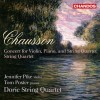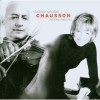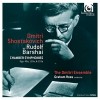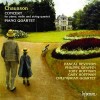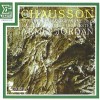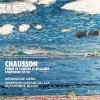传记
Amédée-Ernest Chausson (20 January 1855 – 10 June 1899) was a French romantic composer who died just as his career was beginning to flourish.
Ernest Chausson was born in Paris into a prosperous bourgeois family. His father made his fortune assisting Baron Haussmann in the redevelopment of Paris in the 1850s.
To please his father, Chausson studied law and was appointed a barrister for the Court of Appeals; but in truth, he had little or no interest in the law. He frequented the Paris salons, where he met celebrities such as Henri Fantin-Latour, Odilon Redon, and Vincent d'Indy. Before definitively deciding on his career, he dabbled in writing and drawing.
In October 1879, at the age of 25, he began attending the composition classes of the opera composer Jules Massenet at the Paris Conservatoire. Chausson had already composed some piano pieces and songs. Nevertheless, the earliest manuscripts that have been preserved are those corrected by Massenet.
During 1882 and 1883, Chausson, who enjoyed travel, visited Bayreuth to hear the operas of Wagner. On the first of these journeys, Chausson went with d'Indy for the premiere of Wagner's Parsifal, and on the second trip he went with his new spouse Jeanne Escudier, whose sister Madeleine was married to art collector Henry Lerolle.
From 1886 until his death in 1899, Chausson was secretary of the Société Nationale de Musique. In his own home (22 Boulevard de Courcelles, near Parc Monceau), he received a great many eminent artists, including the composers Henri Duparc, Gabriel Fauré, Claude Debussy, and Isaac Albéniz, the poet Mallarmé, the Russian novelist Turgenev, and the impressionist painter Monet. Chausson also assembled an important collection of paintings.
When only 44 years old, Chausson died in Limay, Yvelines, as a result of a freak accident. While the whole affair remains somewhat mysterious, it appears that he lost control of the bicycle he was riding on a downhill slope, ran straight into a brick wall, and perished instantly. He was buried in Père Lachaise Cemetery in Paris. A small park called Place Ernest-Chausson in the 17th arrondissement of Paris is named in his honor.
The creative work of Chausson is commonly divided into three periods. In the first, which was dominated by Massenet, the composer exhibits primarily fluid and elegant melodies. The second period, dating from 1886, is marked by a more dramatic character, deriving partly from Chausson's contacts with the artistic milieux in which he moved. From his father's death in 1894 dates the beginning of his third period, during which he was especially influenced by his reading of the symbolist poets and Russian literature, particularly Turgenev, Dostoevsky, and Tolstoy.
Chausson's work is deeply individual, but it does reflect some technical influences of both Wagner and his other musical hero César Franck. Stylistic traces of Massenet and even Brahms can be detected sometimes. In general, Chausson's compositional idiom bridges the gap between the ripe Romanticism of Massenet and Franck and the more introverted Impressionism of Debussy.
Several delicate and admirable songs came from Chausson's pen. He completed one opera, Le Roi Arthus (King Arthur). His orchestral output was small, but significant. It includes the Symphony in B flat, his sole symphony, Poème for Violin and Orchestra, an important piece in the violin repertoire; and the dramatic, and haunting, song-cycle Poème de l'amour et de la mer.
Chausson is believed to be the first composer to use the celesta. He employed that instrument in December 1888 in his incidental music, written for a small orchestra, for La tempête, a French translation by Maurice Bouchor of Shakespeare's The Tempest.
Not at all prolific, Chausson left behind only 39 opus-numbered pieces. (See List of compositions by Ernest Chausson.) Musical creation for him always proved to be a long, painful struggle. However, the quality and originality of his compositions are consistently high, and they continue to make occasional appearances on programs of leading singers, chamber music ensembles and orchestras.





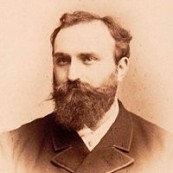

![Russian legends - David Oistrakh [20 CD]](http://static.classicalm.com/repository/collection-cover/small/267-img1318418713553266.jpg)
![Russian legends - Leonid Kogan [10 CD]](http://static.classicalm.com/repository/collection-cover/small/269-img1318707830156876.jpg)
![Russian legends - Viktor Tretiakov [6 CD]](http://static.classicalm.com/repository/collection-cover/small/271-img1318800770253179.jpg)
![Russian legends - Gidon Kremer [10 CD]](http://static.classicalm.com/repository/collection-cover/small/273-img1318873589669975.jpg)
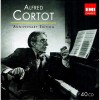
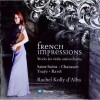
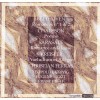
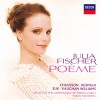
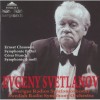
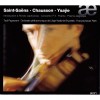
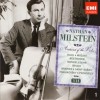
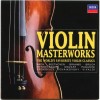
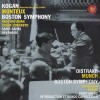
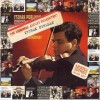
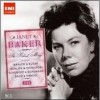
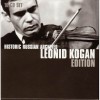
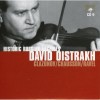
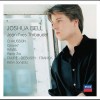
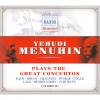
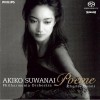
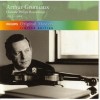
![Janet Baker: ''The Philips & Decca Recordings, 1961 - 1979'' [CD 5 of 5]](http://static.classicalm.com/repository/disk-cover/small/3012-img1372074199266785.jpg)
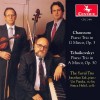
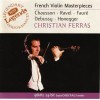
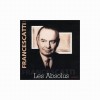
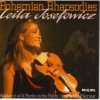
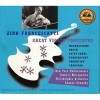
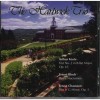
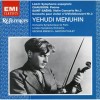
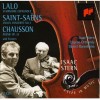
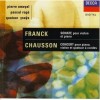

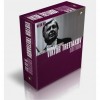
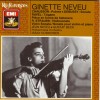
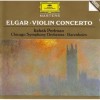
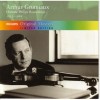
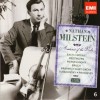
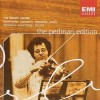

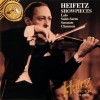
![The Heifetz Collection, Volume 5 [2 CD]](http://static.classicalm.com/repository/disk-cover/small/723-img1315251789683087.jpg)
